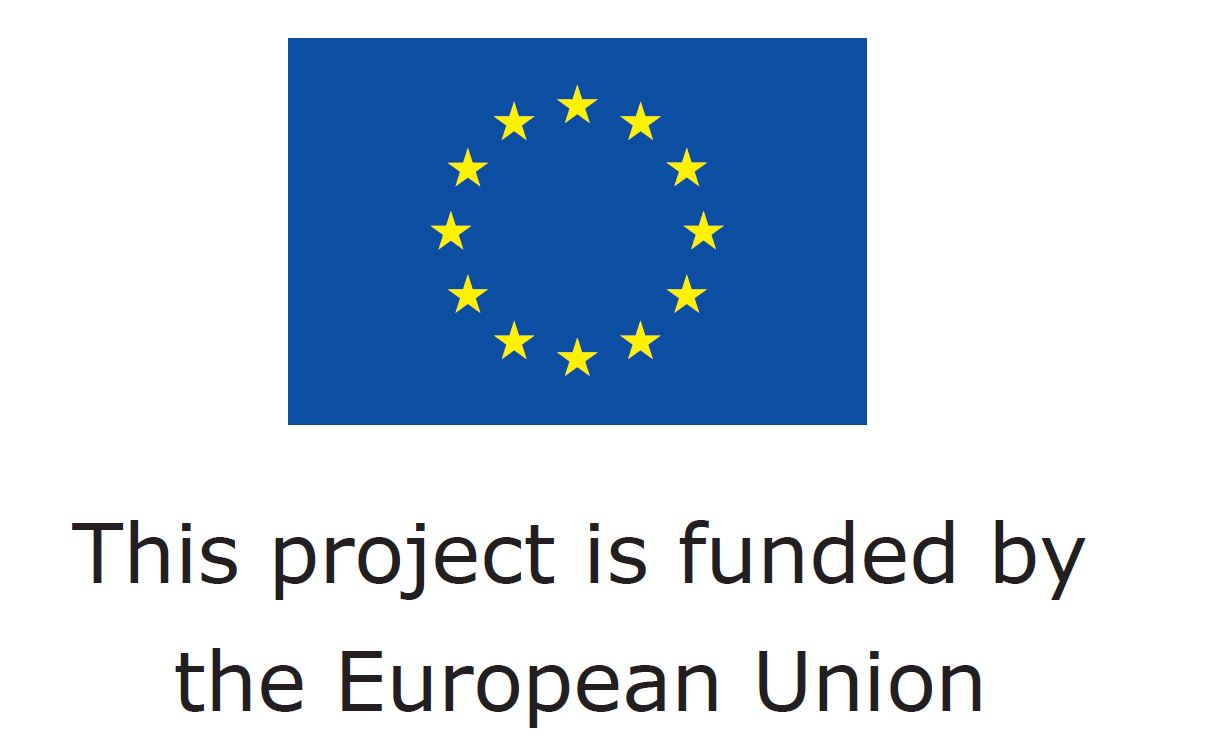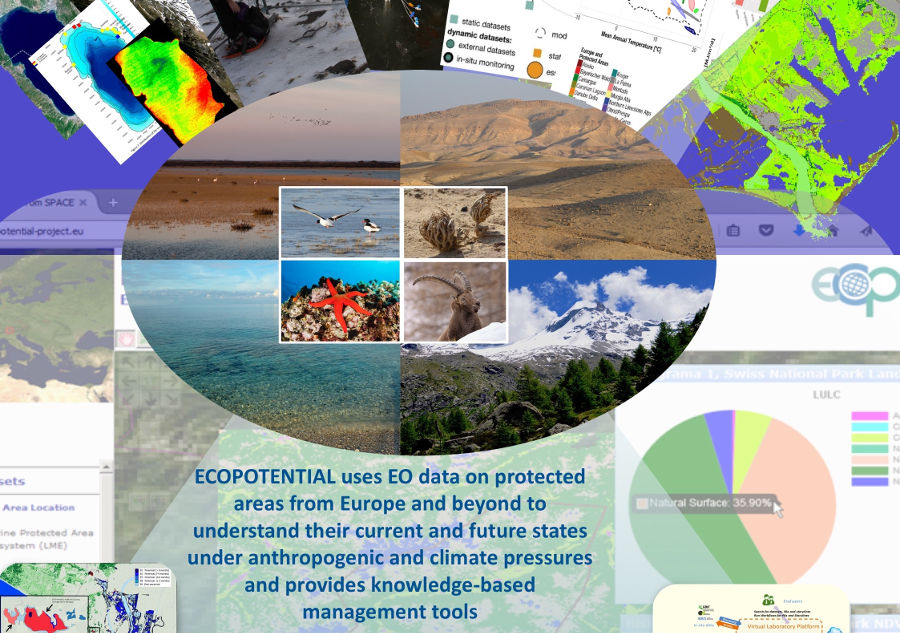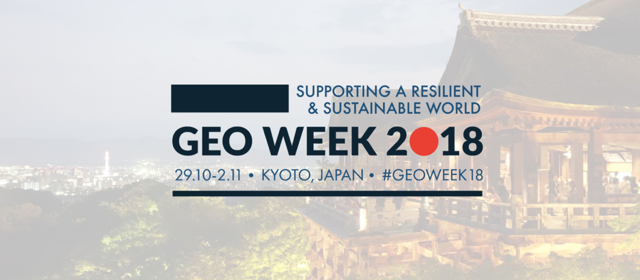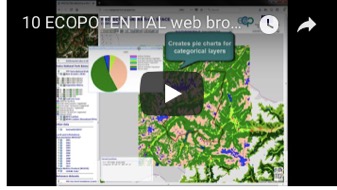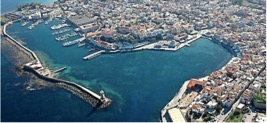
Ecosystem models are fundamental for a deeper understanding of associated spatiotemporal dynamics. They also support the forecasting of ecological responses to future climate and land use changes, thus supporting relevant decision-making processes. Ecosystem modelling is challenging, given the complexity of natural ecosystems, since models need to consider several levels of environmental predictors and interplaying mechanistic processes.
Earth observation (EO) data and methods serve as a cost-efficient alternative to in-situ data collection at numerous spatial and temporal scales. EO data are now an essential component in ecological modelling. For example, EO data are used to (i) provide variable estimation to implement ecological models; (ii) test, validate and verify the predictions of ecological models; and (iii) update or adjust process model predictions. These modelling and implementation challenges are investigated by several international projects and initiatives, including ECOPOTENTIAL, in work package 6, EO-based Ecosystem Modelling, and the GEO Global Ecosystem Initiative.
Motivated by the strong integration and new capabilities, this Special Issue is inviting manuscripts on the following topics:
- direct comparisons of EO with in-situ data;
- assessment of the added value of EO to ecosystem models;
- interoperability topics, for example spatial and temporal scale issues, derived from the incorporation of EO in ecosystem models;
- uncertainty propagation of EO-derived inputs in ecosystem models;
- benefits by the EO assimilation and side-effects in the designed processing chains;
- adjustments in ecosystem models to better integrate EO inputs;
- the new capacity being developed and explored by the installation and operation of the Data and Information Access Services (DIASs).
Guest Editors:
Dr. Ioannis Manakos (CERTH)
Prof. Duccio Rocchini (University of Trento)
Prof. Giorgos Mountrakis (State University of New York)
Deadline for manuscript submissions: 30 September 2020
Find out more: https://www.mdpi.com/journal/remotesensing/special_issues/ecosystem_modelling_RS


